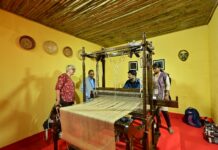Kapilas Bhuyan
The much awaited 3rd National Chilika Bird Festival was inaugurated in Bhubaneswar yesterday. The three-day festival will move to the Chilika Lake and continue until 10th January. About 55 participants from 9 states, viz. Maharashtra, Karnataka, Delhi, Haryana, Tamil Nadu, Andhra Pradesh, Telangana and West Bengal, besides Odisha have joined the event.
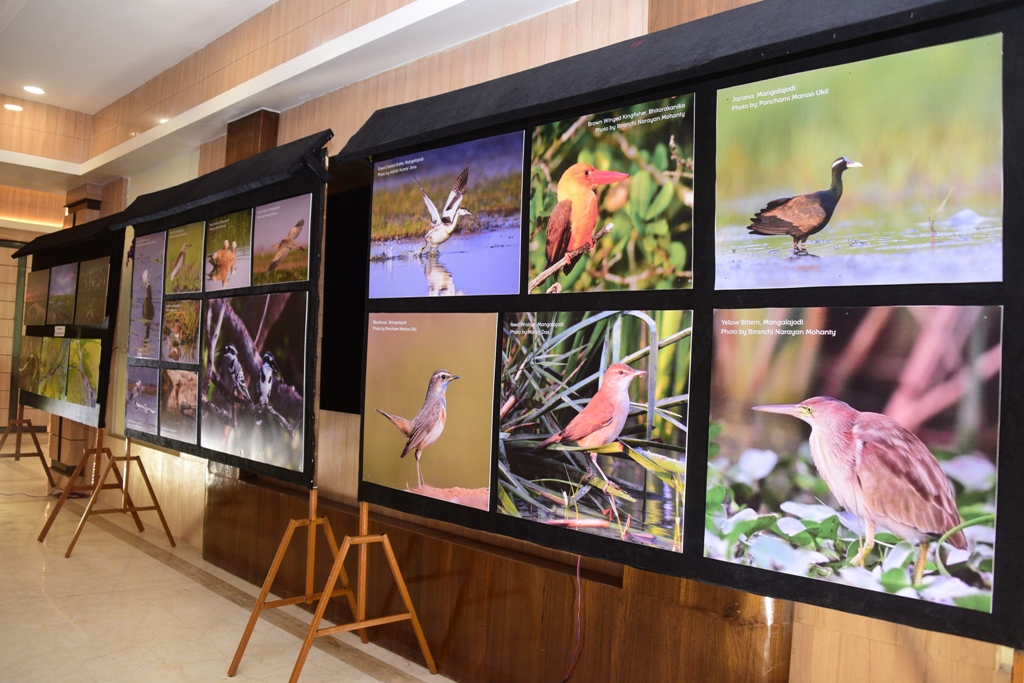
Chilika is the destination of “pilgrimage for over a million winged visitors of varied species, which undertake flights to the mighty but calm Chilika Lake – Asia’s largest brackish water lake”, eloquently described the Chief Minister Naveen Patnaik while inaugurating the festival.
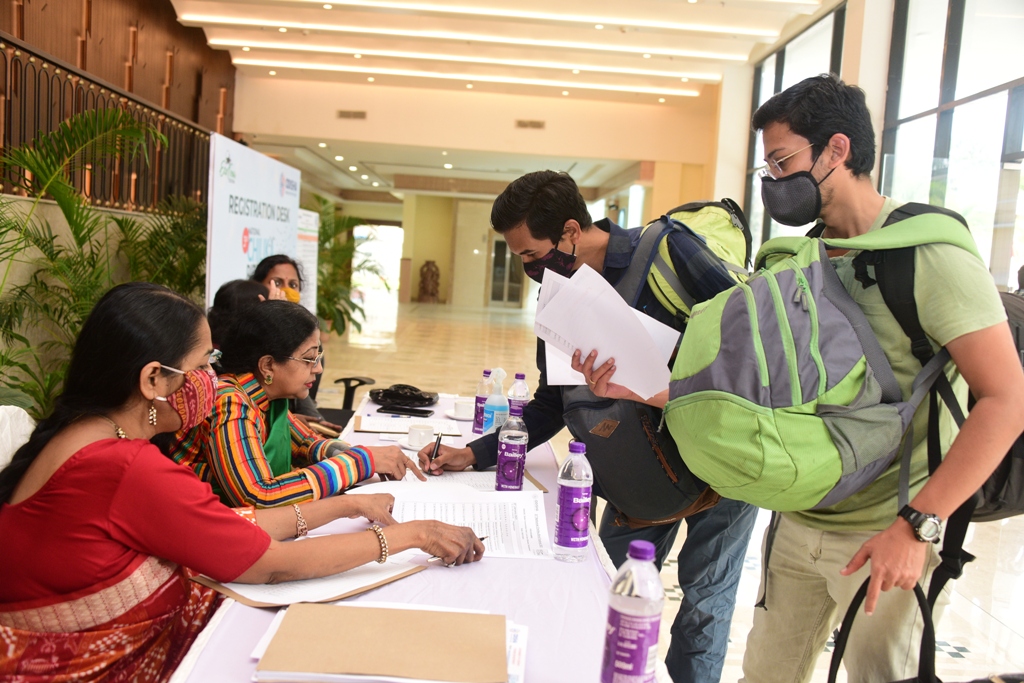
This festival of national stature is jointly organised by Odisha Tourism and Ecotour Odisha, the outfits of Tourism Dept. and Forest and Environment Dept., Govt. of Odisha respectively intending to bring more numbers of tourists to Odisha. This effort of coming together to work towards achieving a single goal of tourism development, particularly after the post-covid-19 lockdown, is no doubt a commendable effort.
Since plying of international flights are not fully operational, there are not many foreign tourists, not only here in Odisha but elsewhere in India as well, however, the flights of birds to Chilika as regular foreign visitors , the largest wintering ground of Asia have not fallen short of any number. Rather their arrival in great numbers has reached a new record of about 1.142 million as revealed by recently concluded bird census in the lake.
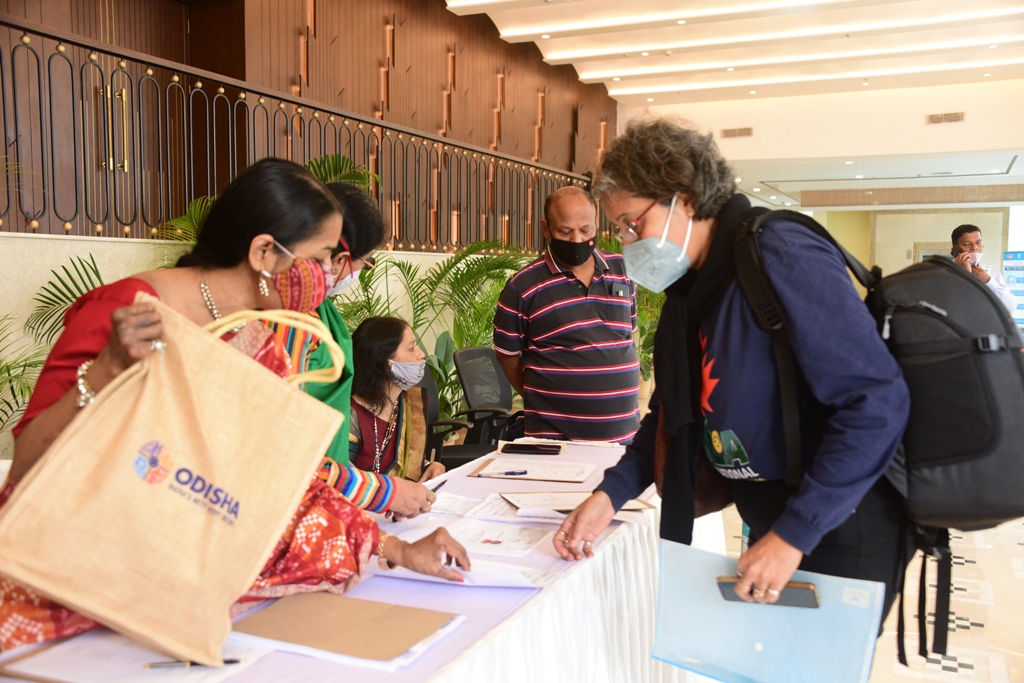
There is a change in the format of the festival than the earlier years – whereas the earlier festivals were organised under the nomenclature of Mangalajodi Bird Festival, the current edition is titled to bring attention on the Chilika Lake. This time round the festival is designed as a trail including Mangalajodi, Barkul, Nalabana and Rambha. This again is a matured way of organising the festival.
While initiating the technical sessions after the inauguration Susanta Nanda, IFS, Additional PCCF-cum-Chief Executive of Chilika Development Authority said that, Chilika, the first Ramsar Site of India has flourished due to a symbiotic natural and social contribution from Hydrological interventions by our institutions to annual enrichments by migratory birds.
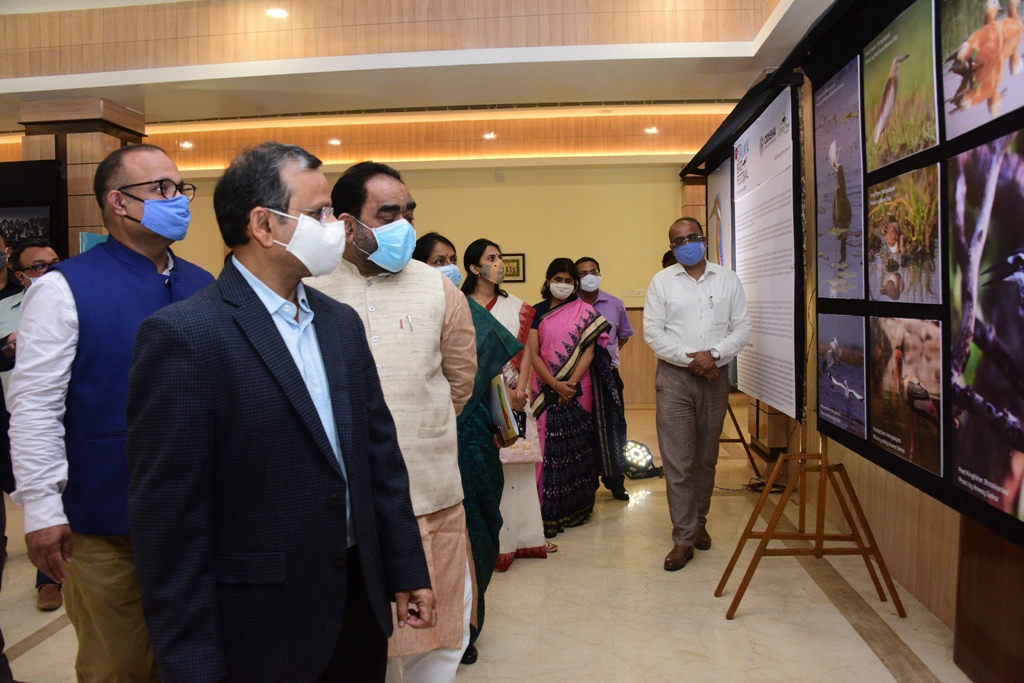
As Chilika Lake is the largest wintering ground for millions of migratory birds, the main focus of the 3-day festival is watching birds while boating around the lake and taking pictures, apart from various other activities of leisure.
Mangalajodi, known as the ‘Birds Paradise of Asia’ is located on the North-Eastern part of the Chilika Lake, the second largest coastal lagoon of the World. The wetland of Mangalajodi hosts nearly one million colourful migratory birds of more than 200 species every winter. As a participant one can see these birds from close proximity while boating around in the shallow water body of the swampland.
One can listen to the voices of different birds from all around, sometimes in chorus, and sometimes simple exchange of expressions in the form of calls like quacks, chirps, whistles, mimics & trills that echoes like musical rhapsodies.
Barakul is located on the eastern coast of the Chilika Lake, and cuddled up between the range of hills on one side and the massive water body of the Chilika Lake on the other. It is a hub of fishing trade and has a massive jetty from where a visitor starts his voyage inside the lake. Barkul is again the starting point from where one goes to Kalijai, the legendary deity of the lake, and to Nalabana.
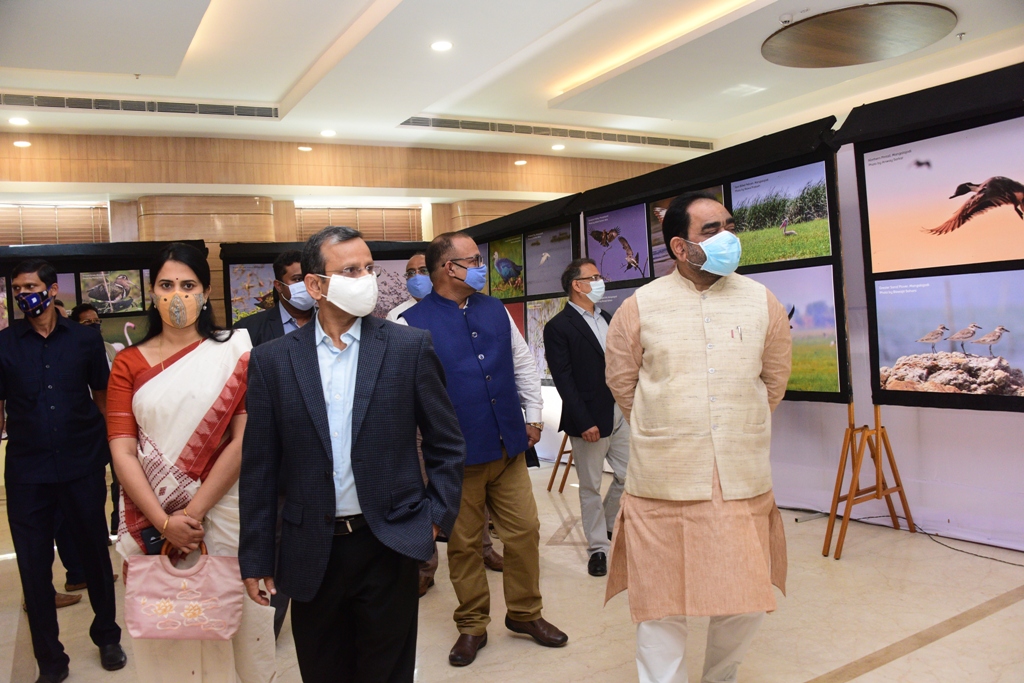
Nalabana Island is a declared bird sanctuary located in the core part of the Chilika Lake.Nalabana Island and Mangalajodi freshwater wetland which form part of the Chilika Lake have been identified as important bird areas (IBA).
Rambha is the most exquisite beautiful earthly location on the far-eastern side of the Chilika Lake. From the Rambha jetty, one can take a leisurely boat ride to any of the surrounding islands like Breakfast Island, Honeymoon Island, Birds Island and to the Ghantasila Caves, and have a never forgettable heavenly experience on the earth.
Chilika Lake lies in the Central Asian Flyway for birds and is a major stopover site for migratory birds coming from the arctic and sub-arctic during their onward and return migration along the east coast. The variety of habitats in the Island such as mudflats, floating and submerged vegetation, reed beds, open waters with varying depth and salinity attract a variety of migratory and resident bird species. Considering its importance as a major congregation site for migratory waders and ducks and the huge population of birds it supports, it has been recognized as a wetland of international importance under the Ramsar Convention and has been included in the Ramsar List.
Over the next two days, participants will undertake tours to Mangalajodi– Nalabana and Chandaka – Dampara Sanctuary and Satkosia Tiger Reserve (Badmul) as add-on itineraries.
“Eight states’ representation makes the 3rd National Chilika Bird Festival a grand success. Each participant is a brand ambassador for us. Next year we will soar higher, with foreign participants joining in large numbers”, said SachinJadhav, Director, Tourism Dept. at the closing of the inaugural session.
(The writer is a Senior Journalist and National Award winning Film Director)


























